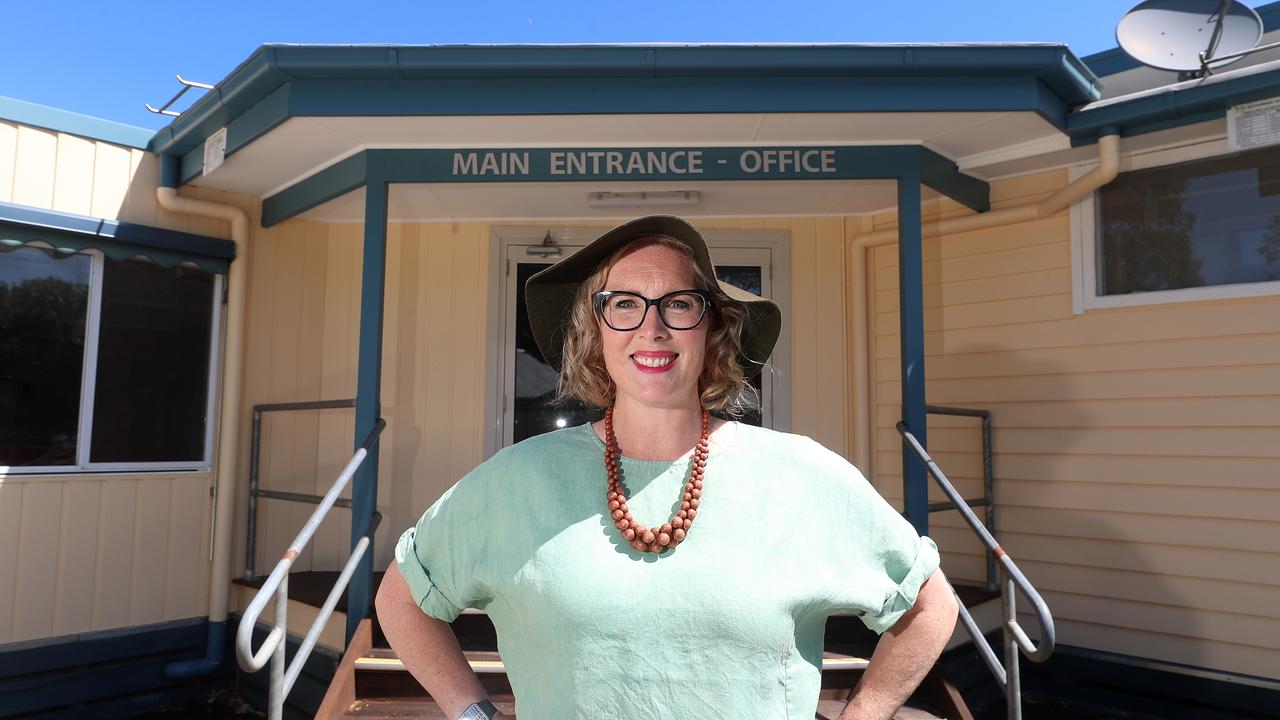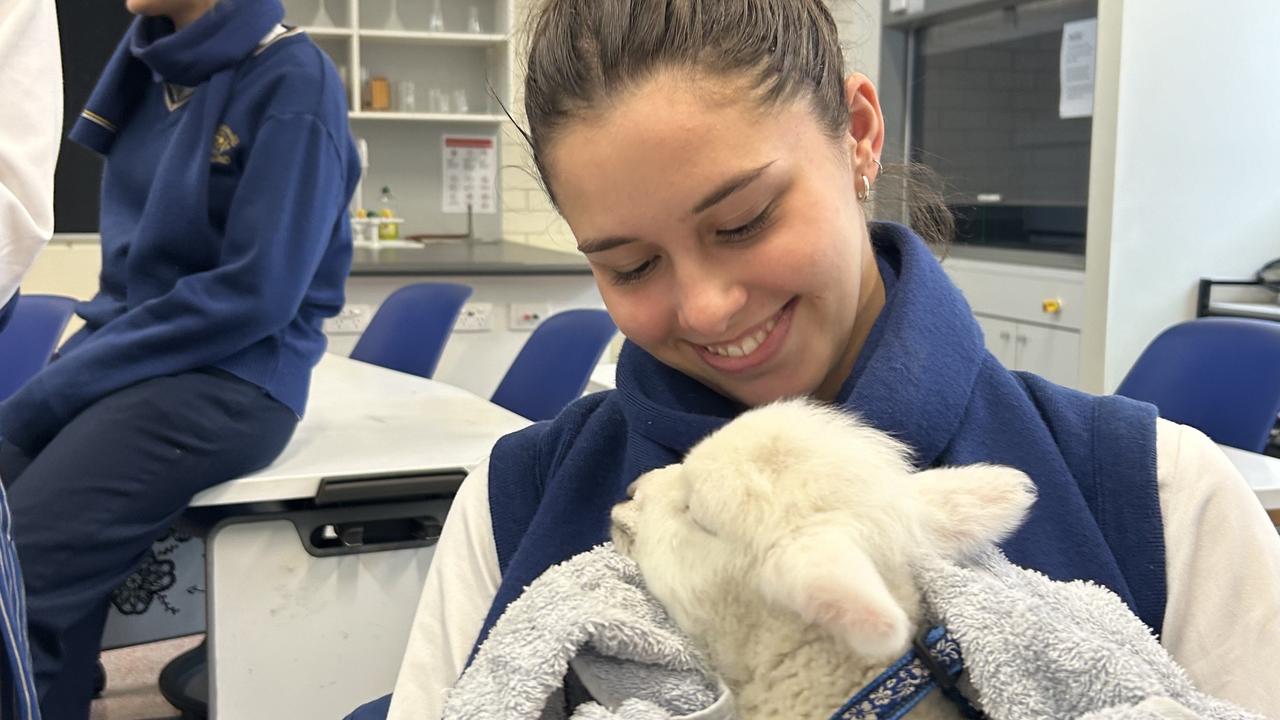Boarding student’s advice on coping with social media on campus
Teen students battle anxiety and body-image issues while having up to 300 SnapChats a day. A Hamilton and Alexandra College boarding student shares how she manages.
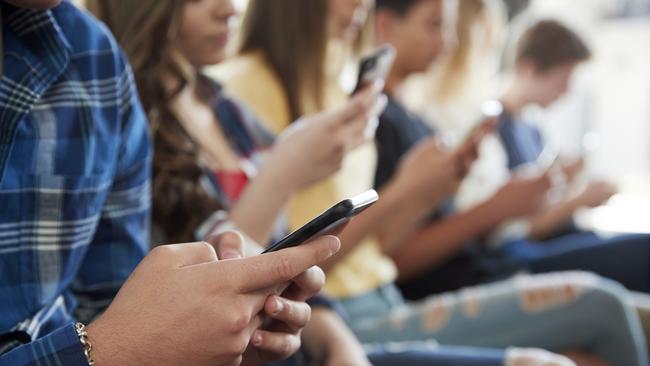
Hamilton and Alexandra College student Alexa Balog is under no illusion about the way social media impacts her mental health.
“I’ve struggled with a lot of anxiety issues over my entire life so it’s not social media that is the cause, but I find that when I do spend a lot of time on social media the (anxiety) is exacerbated,” says Alexa, who is a Year 11 boarder.
Alexa’s family lives in the South Australian city of Mt Gambier and she boards at the school’s Hamilton-based campus in Victoria’s Western District. Moving to online learning from home in South Australia during lockdowns was challenging due to her lack of connection with her classmates.
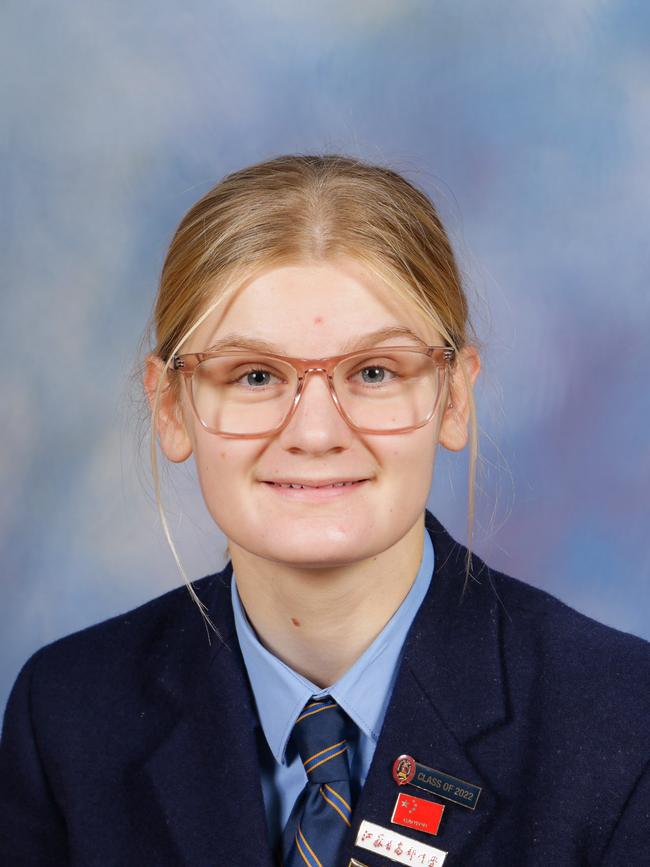
“I need to take regular breaks from social media, which is usually fine because you see your friends at school, but during Covid lockdowns last year I found that pretty difficult,” she says.
“I’ve been taking these necessary social media breaks, but I wouldn’t have any other contact with my friends, so it was hard to get some balance.”
Director of boarding at The Hamilton and Alexandra College and board member for the Australian Boarding Schools Association of Victoria, Andrew Monk, says adolescents have an overwhelming need to be in contact with each other. The challenge for educators, he notes, is to provide a “hand-rail” when it comes to social media platforms.
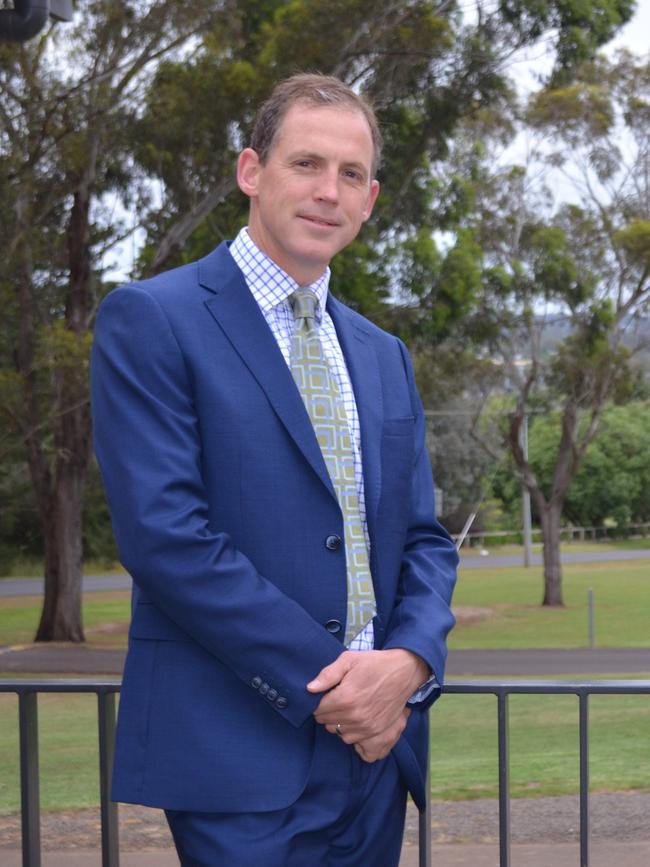
“Up to 300 Snapchats a day are not uncommon for some students,” Mr Monk says.
“The good part of it is that they are keeping in touch, but the evil part is that they’re always in touch, so this good thing can easily turn into a bad thing.
“I don’t blame adolescents for this as they have such a strong desire to be connected.”
Alexa agrees, and says she has seen some students with ”thousands of Snapchat notifications”.
“I actually stopped using the Snapchat app earlier this year because I just didn’t see the point in it,” she says.
“It all gets rather overwhelming and you’ll be sitting in someone’s room chatting to them and you just hear their phone pinging in the background.”
Mr Monk says the school prioritises “mental rest” as much as physical rest among students, with phones handed in at night time and during school hours.
“I think some of the best times we have in terms of creation of new ideas is when we don’t have the distraction of social media or other people around us,” Mr Monk says.
“We need time alone to create solutions, create new ideas and explore what we desire.”
Ironically, one of the silver linings of last year’s lockdowns was that it gave students time to be by themselves in the boarding houses.
“The reduced square metreage of capacity meant that we had to go to single rooms only, and not shared spaces, and we found that students went to sleep, they weren’t talking at night,” he says.
“So because they were able to enjoy social rest and they had the ability to recharge, they were able to sleep better.”
The negative aspect of social media is particularly acute in instances of online bullying, Mr Monk notes.
“Back in our day, if there was bullying … there was a rest period where you went home and there was this period of regeneration, of maybe rebuilding some protective mechanisms for resilience,” he says.
“So if kids are involved in a bullying situation now, it is relentless, it is constant, and it just chips and chips away, and breaks the student down over time.”
However, despite the clear impact of social media on adolescents, Mr Monk says anxiety is the biggest issue facing teens.
“In the last 10 years, anxiety is probably our biggest challenge for boys and girls,” he says.
“And, of course, Covid-19 hasn’t helped.”
In a bid to combat anxiety, teachers call upon positive education methodologies to help students reframe their worries, Mr Monk adds.
“In Year 10, students are taught resilience skills based on cognitive behavioural therapy principles,” Mr Monk says.
“We have our teens write about resilience and apply some of those skills within a narrative of resilience, which has been good and will hopefully help with the anxiety symptoms.”
According to Alexa, teenage girls are also suffering from body-image issues.
“You can definitely trace that back to social media and the type of bodies you’re seeing constantly every day,” she says.
“I find the best thing to do is just not follow anyone who promotes that sort of diet culture and to just block the account.”
By far the biggest salve has been the connection Alexa shares with her friends.
“It definitely helps a lot,” she says. “I don’t know what I would do without my friends.”
MORE

